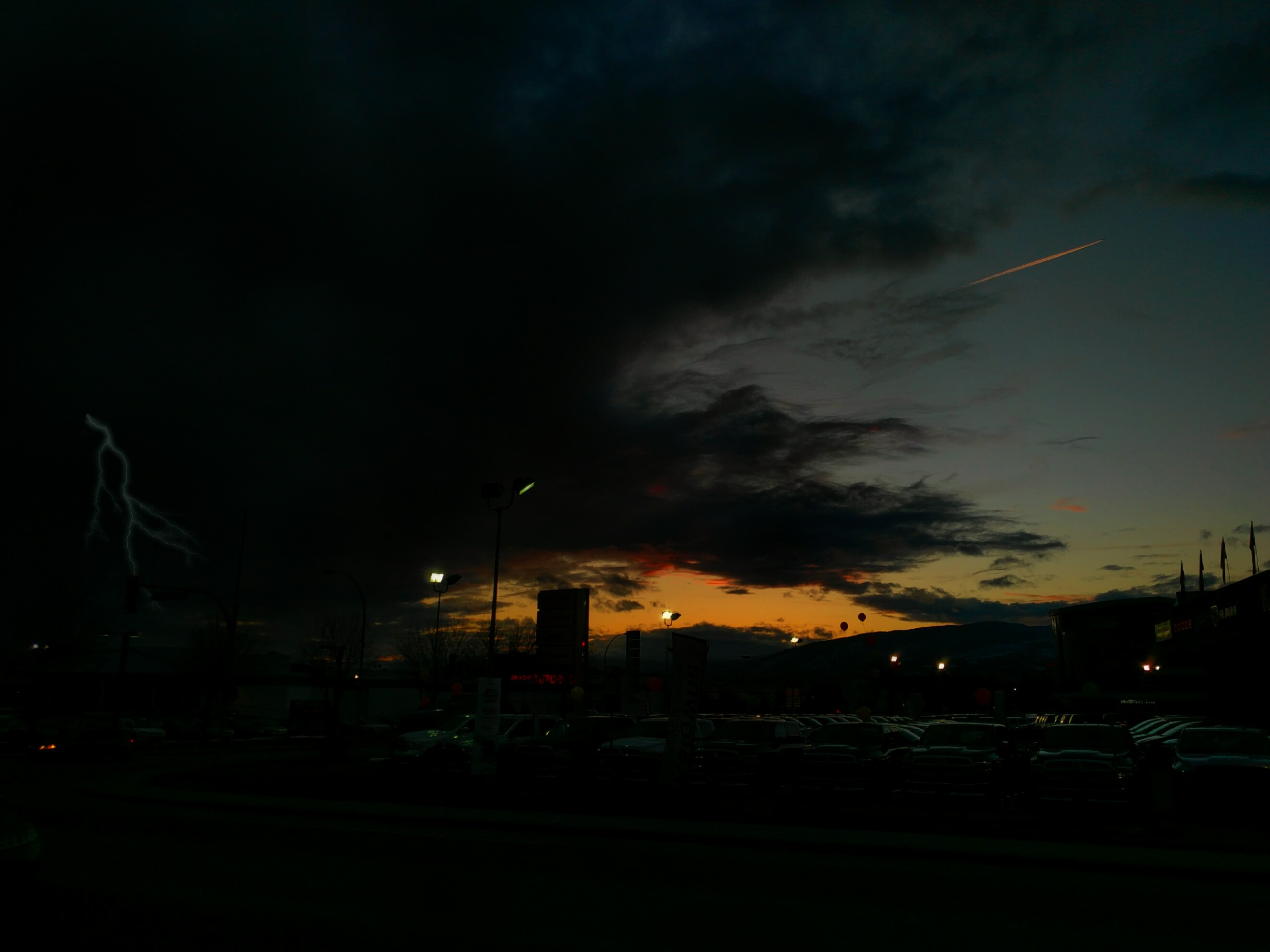CONSEQUENCES
More than 80% of all natural disasters are climate related.
Peruvian Andes
A team of scientist led by Professor Yadvinder Malhi of Oxford University were studying the topic: If the growth of the forests is increased by higher carbon dioxide amounts, then does that impact the woods of the Peruvian Andes negatively or positively.
In contradiction to the common knowledge, they found out that global warming does not improve the growth of trees and plants. That has a notable meaning because as the forest is warming up, it will stop absorbing more CO2. Nevertheless, the scientists discovered a relation between the accelerating decomposition and the warming of the woods. In summary, the forest will decompose faster; thereby, releasing the carbon it has stored, and it will not absorb the damaging GHG anymore. However high the carbon level is.
Who are we to not only hurt mother Nature but also to pretend we would not hear her aching screams? Do we want to go on like this?
%
Extreme Weather Events
More than 80% of all natural disasters are climate related and therefore, are influenced by climate-change. The following are included:
Flooding, Heavy Rain and Storms
Hurricanes
Wildfires
Especially in the Canadian Boreal forest, Wildfires are becoming a huge problem. If the carbon dioxide level doubles, we will have to face a fire season that is 30 days longer. There will be an immense increase in the area of extreme fire danger in the Russian and Canadian Boreal forest. There might be another problem too; many scientists are concerned that these fires could burn deeper in organic material, which would make it harder to extinguish it and waste more resources. These expenses might make it extremely hard to deal with wildfires. But what is so dangerous about Wildfires? Even though the areas affected are remote, their smoke prevails in a more extensive range. The wildfire smoke has a broad reach of health effects; these effects are especially hard for those who have heart or lung diseases. However, the smoke and its poor air quality is a threat to everyone who inhales it.
I must admit that I had the first-hand experience with wildfire smoke in B.C.! In the very first two weeks of my educational school year in Canada, we had terrible luck. As soon as my plane landed and the door of the aircraft opened, you could feel the difference. It felt like I was in a big sauna, the smell of burned wood in the air, which was too thick to breathe. The first time, I could finally see something from my area was after those horrible two weeks. Sometimes, we had to stay inside to escape the risk of inhaling too much of the smoke. Naturally, we could not do any outdoor activities due to intensified health risks. We even got a letter from the Ministry of Environment and Climate Change Strategy (It was mailed to us by our organization contact).
Heatwaves
Cold Weather

A picture of wildfire smoke.
Click here to see the GLOBAL ICE VIEWER of NASA
